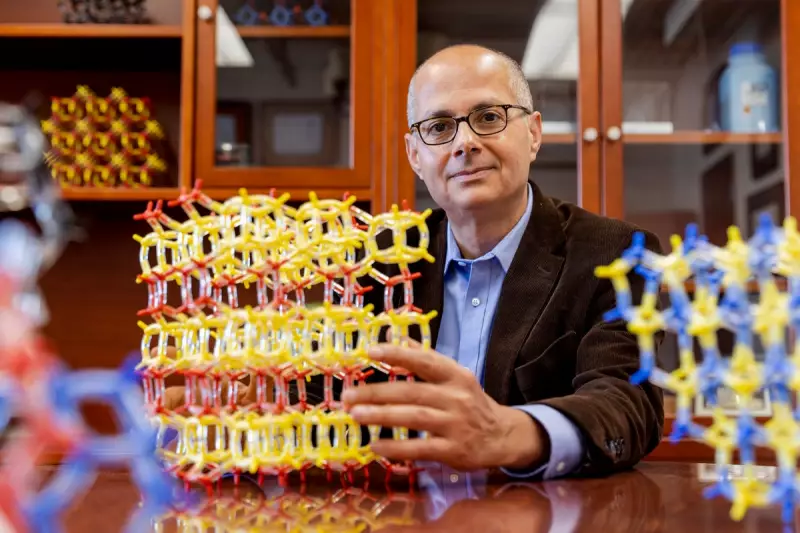
In a remarkable revelation that bridges the gap between science fiction and scientific achievement, a Nobel Prize-winning chemist has disclosed that his groundbreaking work was directly inspired by the magical world of Harry Potter.
Professor Richard Robson, whose revolutionary research earned him the prestigious Nobel Prize in Chemistry, credits J.K. Rowling's wizarding universe with providing the creative spark for his work on molecular machines and self-assembling chemical systems.
The Magic Behind the Molecules
"When I first read about the moving staircases and enchanted objects at Hogwarts, I began wondering if we could create something similar in the molecular world," Professor Robson explained during his acceptance speech in Stockholm.
His team's research focuses on developing complex molecular structures that can assemble themselves into functional machines - a concept that bears striking resemblance to the magical artefacts found throughout the Harry Potter series.
From Fiction to Laboratory Reality
The practical applications of this research could transform multiple fields:
- Targeted drug delivery - Molecular machines that transport medication precisely to diseased cells
- Advanced materials - Self-repairing surfaces and adaptive structures
- Energy storage - More efficient batteries and solar cells
- Environmental cleanup - Molecular systems that capture pollutants
Professor Robson emphasised that while his creations don't literally use magic, they achieve similarly remarkable effects through sophisticated chemical engineering.
Inspiring the Next Generation
This extraordinary connection between popular culture and elite scientific achievement demonstrates how imagination and storytelling can drive real-world innovation.
"It shows young people that science isn't just about equations and lab coats," said Professor Robson. "Creative thinking from any source - even children's literature - can lead to Nobel Prize-winning discoveries."
The scientific community has praised both the technical achievement and the inspirational story behind it, highlighting how interdisciplinary thinking continues to push the boundaries of what's possible in chemistry and materials science.





